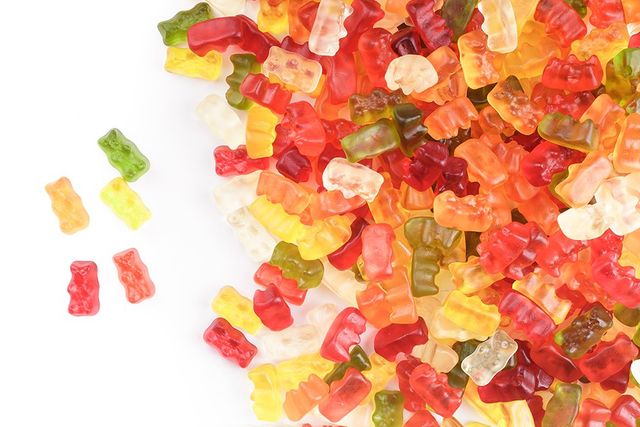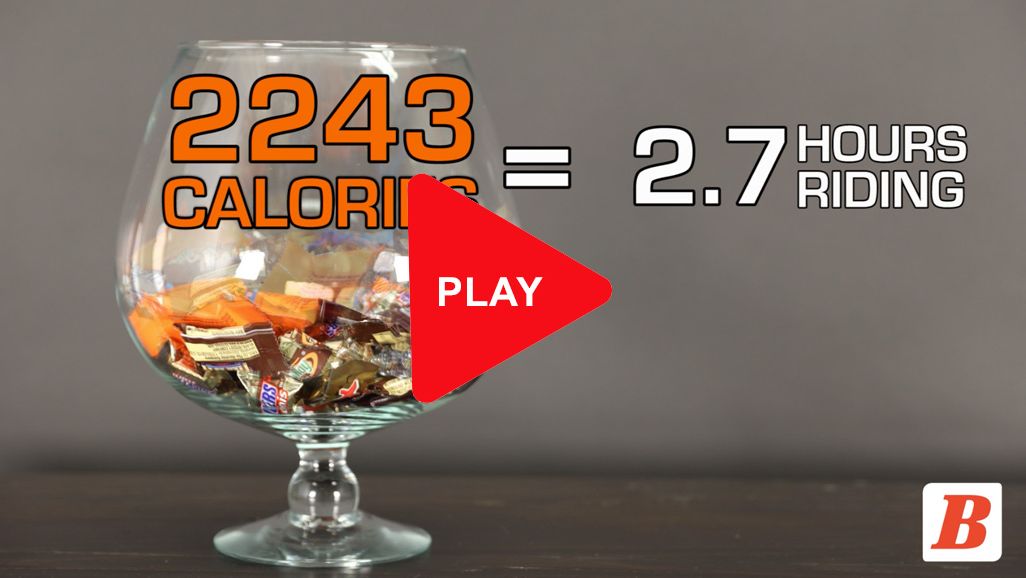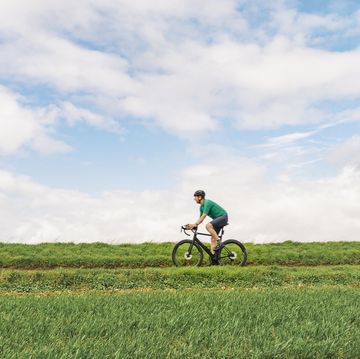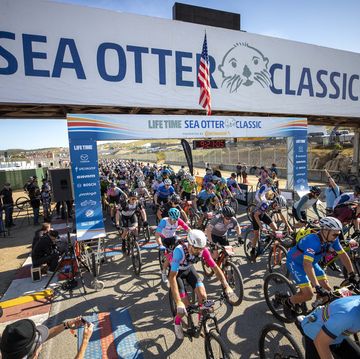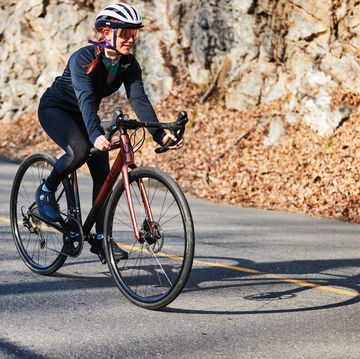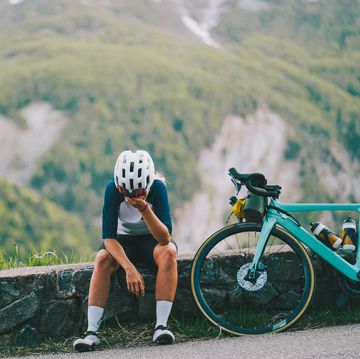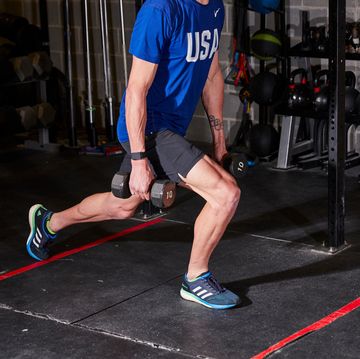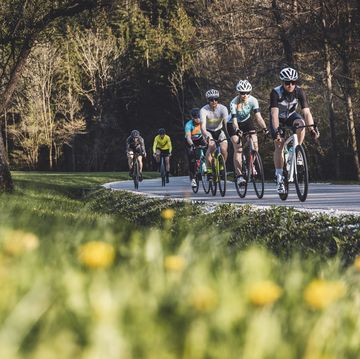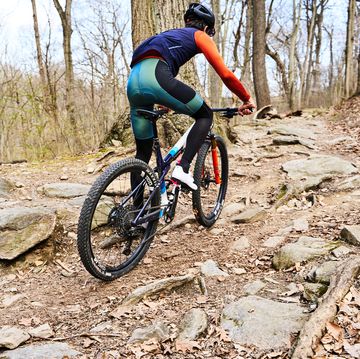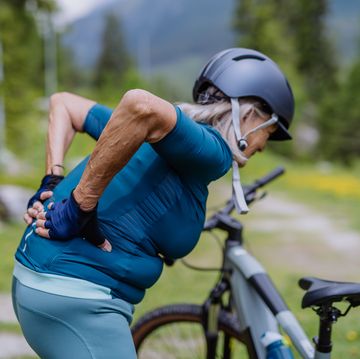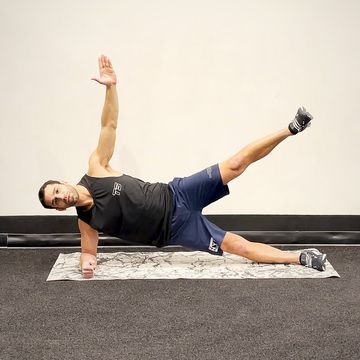Following his win at Kuurne-Brussels-Kuurne this past weekend, current Road World Champion Peter Sagan stuffed handfuls of Haribo gummy bears into his mouth. (See all the hilarious Sagan moments from the weekend here.) The GIF of that moment is absolutely delightful...
... but it also got us wondering: How effective is candy as part of a cyclist’s diet, as opposed to performance gels, gummies, and bars marketed towards athletes?
“The idea behind straight sugar-type candy (e.g. Swedish Fish, gummy bears, SweeTarts) is to rapidly bring up your blood sugar without causing GI issues,” says Stacy Sims, an environmental exercise physiologist, nutrition scientist, and coauthor of ROAR, a guide to female athletic performance and nutrition. In Sagan's case, candy like gummy bears—a high-glycemic index carb that’s digested quickly—are a great way to immediately replenish depleted glycogen stores as part of his recovery from a grueling, 124.7-mile effort.
How long does it take to burn off candy on a ride? We investigated:
During a ride or race, though, you wouldn’t want to fully rely on candy as your fuel source, Sims cautions; you still want “real fuel” as a nutritional base—especially during long rides. However, you can top off your glycogen stores with candy if you feel your energy levels dropping, or if you need a boost to keep up with powerful surges, particularly in the last hour of a three-plus hour effort.
RELATED: 9 Nutritionist-Approved Ways to Satisfy Your Sweet Tooth
Adam Myerson, a former pro cyclist and current head coach at Cycle-Smart, says there are two situations in which candy can come in handy.
“During rides or races, large-size Swedish fish are my preferred and recommended candy of choice,” Myerson says, though gummy bears are an easy substitute. “They’re easy to carry in a pocket with the top snipped open, and easy to eat.” Myerson recommends buying Swedish fish in the King Size bag because the candies are bigger, and thus easier to fish out of your back pocket on a ride. (Just make sure you keep only water or a light electrolyte mix in your bottle to fend off carb overload-related stomach upset.)
The second scenario involves the classic “Snickers and Coke” convenience-store stop halfway through a six-plus-hour ride—or when you’re totally bonking.
“Snickers in particular has a great mix of sugar and fat, with a little bit of protein from the peanuts,” Myerson says, which makes it an ideal mid-ride food. But since chocolate is apt to melt into a gooey mess in your pocket, this option is best reserved as a mid-ride pit stop purchase unless you freeze your candy bar beforehand.
Besides helping you make those last few pedal strokes home after a long day in the saddle, a pocketful of candy can fuel one other important ride component: camaraderie.
“When you’re a couple hours into a race [or ride]...you will be the most popular rider when you start pulling Swedish Fish out of your pocket and sharing them with friends,” Myerson says.
